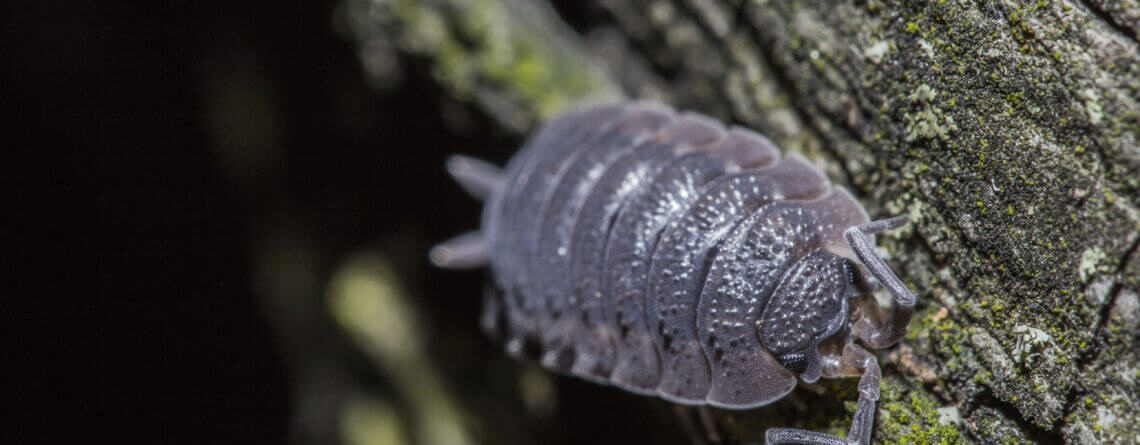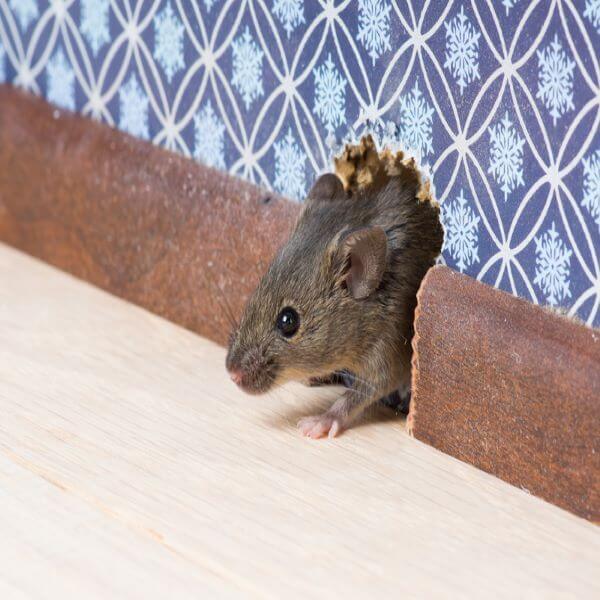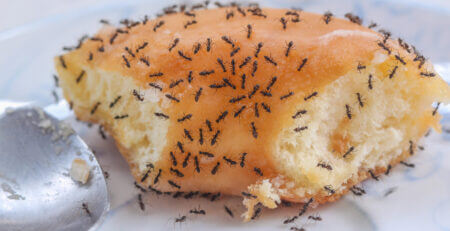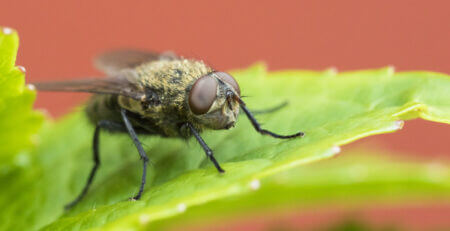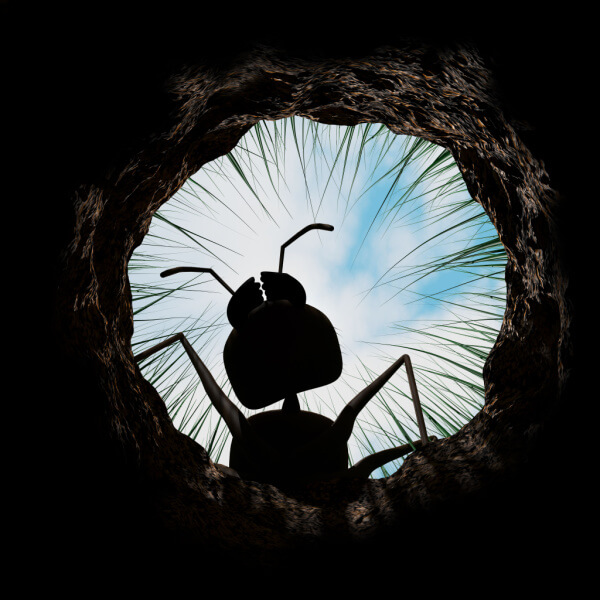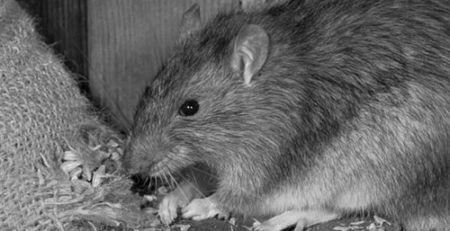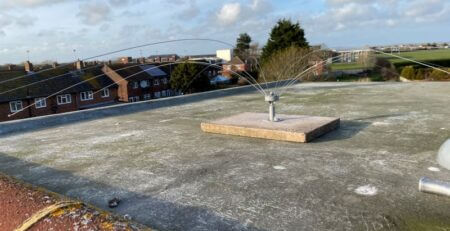Woodlice 101: Understanding the Pest That Loves Moisture
Woodlice, commonly known as “sowbugs” or “pillbugs,” are small terrestrial crustaceans that thrive in moist environments. While they may not pose significant threats to humans, their presence in homes can be bothersome. In this article, we will delve into the world of woodlice, discussing what they are, how to identify different woodlice species, why they tend to infest homes, and their preferred habitats and nesting preferences.
What are Woodlice?
Woodlice are members of the Isopoda order, which includes approximately 5,000 known species worldwide. They are not insects but crustaceans, closely related to lobsters and crabs. Woodlice have segmented bodies, with seven pairs of legs and a distinct, shield-like exoskeleton. They range in size from a few millimetres to around 1 cm in length.
Identifying Woodlice Species
Several woodlice species can be found across the UK. Here are a few commonly encountered ones:
- Common Woodlouse (Oniscus asellus): This species is brown or grey in colour, with a slightly elongated body. It has two prominent tail-like appendages at the posterior end.
- Pill Woodlouse (Armadillidium vulgare): The pill woodlouse is known for its ability to roll into a tight ball when threatened. It has a convex-shaped body and a mottled pattern of light and dark patches.
- Rough Woodlouse (Porcellio scaber): The rough woodlouse has a rough, bumpy exoskeleton and can vary in colour from dark grey to brown. It has a flattened body and a slightly elongated shape.
Why Do Woodlice Infest Homes?
Woodlice are primarily attracted to environments with high moisture levels. When they enter homes, it is typically to seek shelter and moisture-rich areas. Here are some reasons why woodlice may infest homes:
- Moisture Availability: Woodlice require damp conditions to survive. They are often found in areas with high humidity, such as basements, bathrooms, kitchens, and crawl spaces.
- Outdoor Access Points: Woodlice can enter homes through small cracks, gaps, and openings in foundations, walls, doors, or windows. They are particularly drawn to homes that have direct contact with moist soil.
- Decaying Organic Matter: Woodlice feed on decaying organic materials, such as dead plants or wood. If there are sources of decaying matter near or inside the home, woodlice may be attracted to these areas.
Woodlice Habitats and Nesting Preferences
Woodlice prefer dark, moist habitats that provide them with shelter and access to moisture. Common areas where woodlice may nest include:
- Basements and Cellars: The cool and damp conditions found in basements and cellars make them ideal habitats for woodlice. They may hide in cracks, corners, or behind stored items.
- Crawl Spaces: Woodlice can inhabit crawl spaces that have high humidity levels or water leaks. They often hide in the soil or debris under the house.
- Garden Areas: Woodlice thrive in gardens with mulch, leaf litter, or decaying plant matter. They can be found under flower pots, in compost piles, or around outdoor structures.
- Moisture-Prone Rooms: Woodlice may be found in rooms with moisture issues, such as bathrooms, kitchens, and laundry rooms. They seek out areas near pipes, drains, or leaky fixtures.
Understanding woodlice’s preferred habitats and nesting preferences is crucial for effective control and prevention measures.
Conclusion
Woodlice, the moisture-loving pests, are crustaceans that can infest homes seeking shelter and damp environments. Understanding what woodlice are, identifying different woodlice species, exploring why they tend to infest homes, and knowing their preferred habitats and nesting preferences can help homeowners better manage and prevent infestations. By addressing moisture issues, sealing entry points, and implementing effective pest control strategies, such as removing decaying organic matter, homeowners can successfully control woodlice populations and maintain a pest-free living environment.

